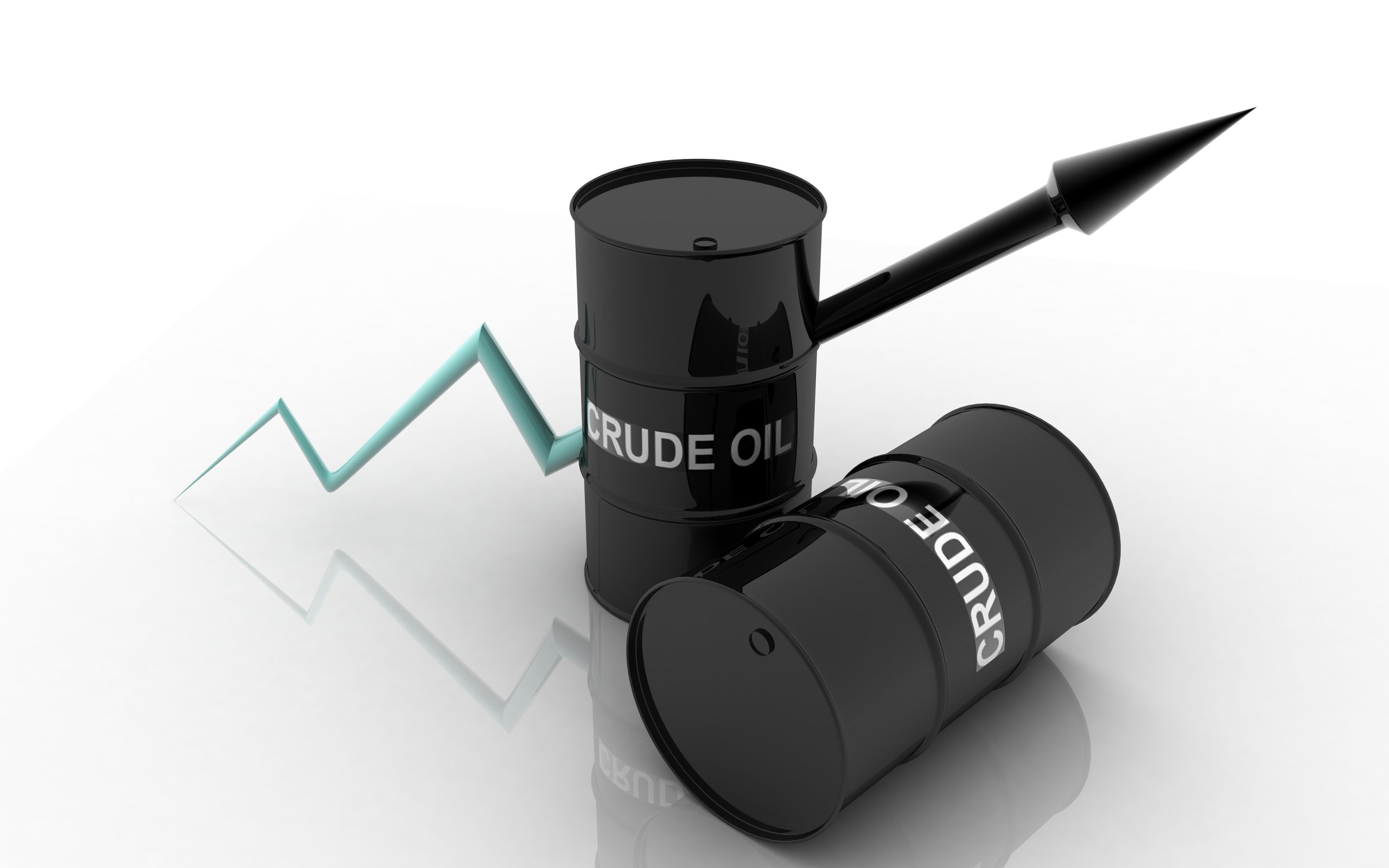
The oilfield contractor Halliburton Company (HAL) is currently trading 2.4% below its 52-week high of $32.13, which it hit on January 27, 2022, after raising its quarterly dividend by 166.7% year-over-year to $0.12 per share. For the fourth quarter, its revenues and adjusted EPS beat analysts' expectations by 19% and 5.9%, respectively.
Also, the company announced that it will partly redeem its $1 billion of senior notes due in 2025 as part of its ongoing commitment to debt reduction. The stock has gained 36.1% over the past month to close yesterday’s trading session at $31.36. However, the rising COVID-19 cases, labor and supply shortages, and rising input costs make its near-term prospects look uncertain.
Here’s what could influence HAL’s performance in the upcoming months:
Solid Financials
HAL’s revenue increased 32.1% year-over-year to $4.28 billion for the fiscal fourth quarter ended December 31, 2021. The company’s adjusted operating income grew 57.1% year-over-year to $550 million, while its adjusted net income came in at $320 million representing a 100% year-over-year increase. Also, its adjusted EPS came in at $0.36, up 100% year-over-year.
Lower-than-Industry Profitability
In terms of trailing-12-month gross profit margin, HAL’s 13.33% is 67.4% lower than the industry average of 40.86%. Likewise, its trailing-12-month CAPEX/Sales of 5.22% is 33.6% lower than the industry average of 7.86%. Moreover, the stock’s trailing-12-month EBITDA margin of 17.29% is 17.5% lower than the industry average of 20.97%.
Stretched Valuation
In terms of forward P/B, HAL’s 3.63x is 112.1% higher than the industry average of 1.71x. Likewise, its forward P/CF of 11.06x is 83.1% higher than the industry average of 6.04x. Moreover, the stock’s forward non-GAAP P/E of 17.66x is 44.6% higher than the industry average of 12.22x.
POWR Ratings Reflect Uncertainty
HAL has an overall rating of C, which equates to a Neutral in our POWR Ratings system. The POWR Ratings are calculated by taking into account 118 different factors, with each factor weighted to an optimal degree.
Our proprietary rating system also evaluates each stock based on eight different categories. HAL has a D grade for Stability, in sync with its beta of 2.76.
The stock has a C grade for Value, in sync with its higher-than-industry valuation ratios.
HAL is ranked #9 of 41 stocks in the D-rated Energy - Services industry. Click here to access HAL’s ratings for Growth, Sentiment, Quality, and Momentum as well.
Bottom Line
While HAL exhibited robust financial performance in the last reported quarter and raised its quarterly dividend, its lofty valuation and lower-than-industry profitability make the stock’s near-term prospects uncertain. So, it could be wise to wait for a better entry point in the stock.
How Does Halliburton (HAL) Stack Up Against its Peers?
While HAL has an overall POWR Rating of C, you might want to consider investing in the following Energy - Services stocks with an A (Strong Buy) or B (Buy) rating: Rex American Resources Corp. (REX), North American Construction Group Ltd. (NOA), and Subsea 7 S.A. (SUBCY).
HAL shares were trading at $30.59 per share on Monday afternoon, down $0.77 (-2.46%). Year-to-date, HAL has gained 33.76%, versus a -6.07% rise in the benchmark S&P 500 index during the same period.
About the Author: Nimesh Jaiswal

Nimesh Jaiswal's fervent interest in analyzing and interpreting financial data led him to a career as a financial analyst and journalist. The importance of financial statements in driving a stock’s price is the key approach that he follows while advising investors in his articles.
After Raising Its Dividend, is Halliburton Stock a Buy? StockNews.com






